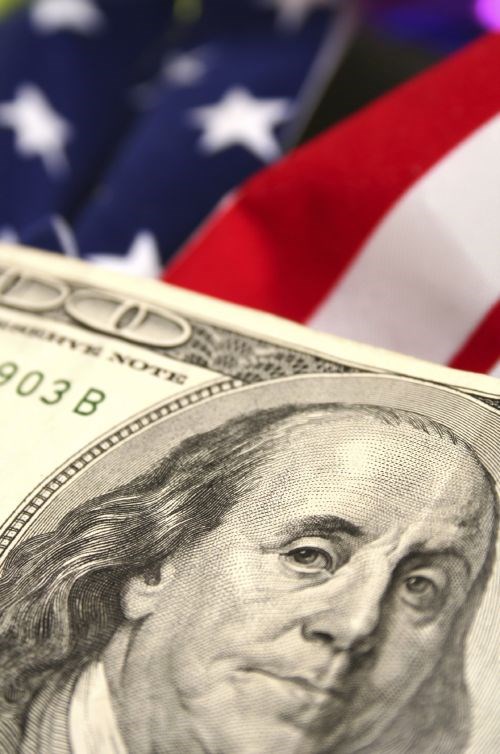Back to the Economy: Where Are We Now?
Now that we have endured another round of idiocy from Washington, it will be useful to recap the current state of the economy. So here is where we are, and where it looks like we are going for the next few quarters (assuming Congress does nothing stupid):

Now that we have endured another round of idiocy from Washington, it will be useful to recap the current state of the economy. So here is where we are, and where it looks like we are going for the next few quarters (assuming Congress does nothing stupid):
The US economy, as measured by inflation-adjusted GDP, will grow by about 2% annualized in the fourth quarter. This is the pace it has been growing ever since the recovery started nearly five years ago. My original forecast called for a growth rate of closer to 2.5% in Q4, but that was before Congress decided to shut down the government. Most analysts agree that the shutdown will knock about 0.5% off of the pace of GDP growth in Q4. We should get most of this back next year, but there is still a substantial amount of uncertainty about the future that is acting as a headwind against a faster recovery.
This pace of growth in the economy continues to generate 150,000 to 200,000 new jobs every month. This is not enough to keep up with new workers entering the workforce. The unemployment rate has stabilized, but this is largely due to workers leaving the workforce (the denominator in the unemployment rate) rather than new jobs being created (the numerator). A strong, vibrant recovery will create more than 300,000 new jobs per month.
The stock market, which is by far the best predictor of future economic activity, is at an all-time high. US companies are still making a lot of money, and there is a huge amount of money available for investment in new employees, buildings, and equipment. What is missing is confidence, and it is far from clear when that will start to improve. Not only are businesses worried about the debt ceiling and the lack of a viable budget on the federal level, there is huge uncertainty about the Affordable Care Act (a.k.a. Obamacare) that is suppressing confidence.
Interest rates remain quite low by historical standards. This is entirely due to the Federal Reserve Board’s program of buying $85 billion worth of government bonds every month. This program, known as QE II, was widely expected to be phased out starting this quarter. Now it looks like it will be continued for the foreseeable future. This will keep interest rates low in the near-term, but it will likely have negative long-term consequences.
I had expected things to be noticeably better by now, but due to the circumstances created in Washington, the faster pace of economic growth will not occur until 2014. Another round of debt ceiling debate is scheduled for early next year, so we will need to review the forecast again at that time.














